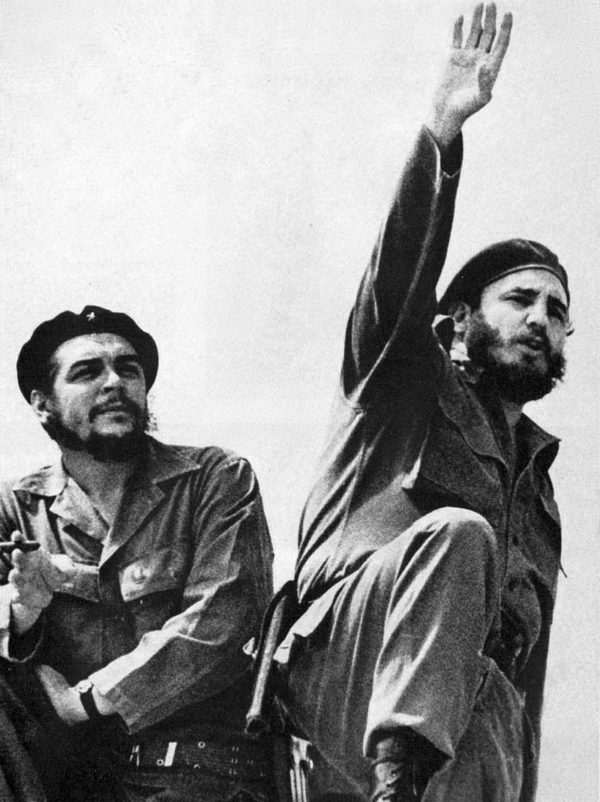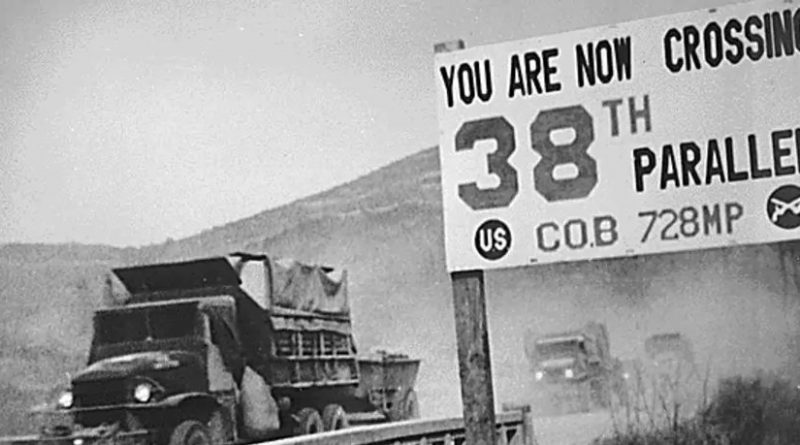October 9 in U.S. military history
1861: 1,000 Confederate soldiers land on Florida’s Santa Rosa Island and assault Union-held Fort Pickens. The attackers withdraw after the federal guns inflict 90 casualties. Fort Pickens sits across the bay from Naval Air Station Pensacola — the birthplace of Naval aviation — and coastal defense guns were installed at the old fort during World War II.
1940: After USS Nautilus (SS-168) conducts a successful test refueling of a seaplane, Secretary of the Navy William F. Knox approves a plan for 24 submarines to each carry 20,000 gallons of aviation gasoline for refueling seaplanes at sea.

1950: As the U.S. military crosses into North Korea, the 1st Cavalry Division spearheads the assault. Pfc. Robert H. Young is wounded once by an enemy barrage, but he refuses medical treatment and remains on the line. Wounded a second time and awaiting treatment, he springs back into action when the enemy threatens to surround the Americans. Firing from an exposed position, he kills five enemy soldiers and is hit a third time, but remains on the field — directing friendly tanks to destroy enemy gun positions. Young is hit by an enemy mortar blast while he is treating his wounded comrades, but despite his multiple grievous wounds, he instructs the medics to help the others first.
Pfc. Young will perish from his wounds on November 9, 1950, and is posthumously awarded the Medal of Honor.
1951: When a dug-in enemy position hammers his fellow soldiers during the battle for Heartbreak Ridge, Sgt. 1st Class Tony K. Burris charges and destroys the position with grenades – killing 15. The next day (Oct. 9), Burris is wounded by enemy machinegun fire while assaulting enemy positions on the next ridge. He continues his assault and is wounded a second time. He reaches the top of the ridge, then remains in an exposed position to draws enemy fire and pinpoint their location for a recoilless rifle team. When that position is destroyed, Burris continues on to the next ridge, killing the heavy machinegun crew’s six members. He charges one more position, and is fatally cut down as he hurls his last grenade into the position, which destroys the enemy emplacement.
Burris is posthumously awarded the Medal of Honor.

1967: Che Guevara, co-founder of Fidel Castro’s Communist regime, is executed by firing squad while leading a revolution in Bolivia. While the cold-blooded murderer and terrorist remains an icon to many Americans, many of his fans wouldn’t exist had the Soviets left their ballistic missiles on Cuba: “If the nuclear missiles had remained,” Che said, “we would have used them against the very heart of America, including New York City […] We will march the path of victory even if it costs millions of atomic victims […] We must keep our hatred alive and fan it to paroxysm.”
